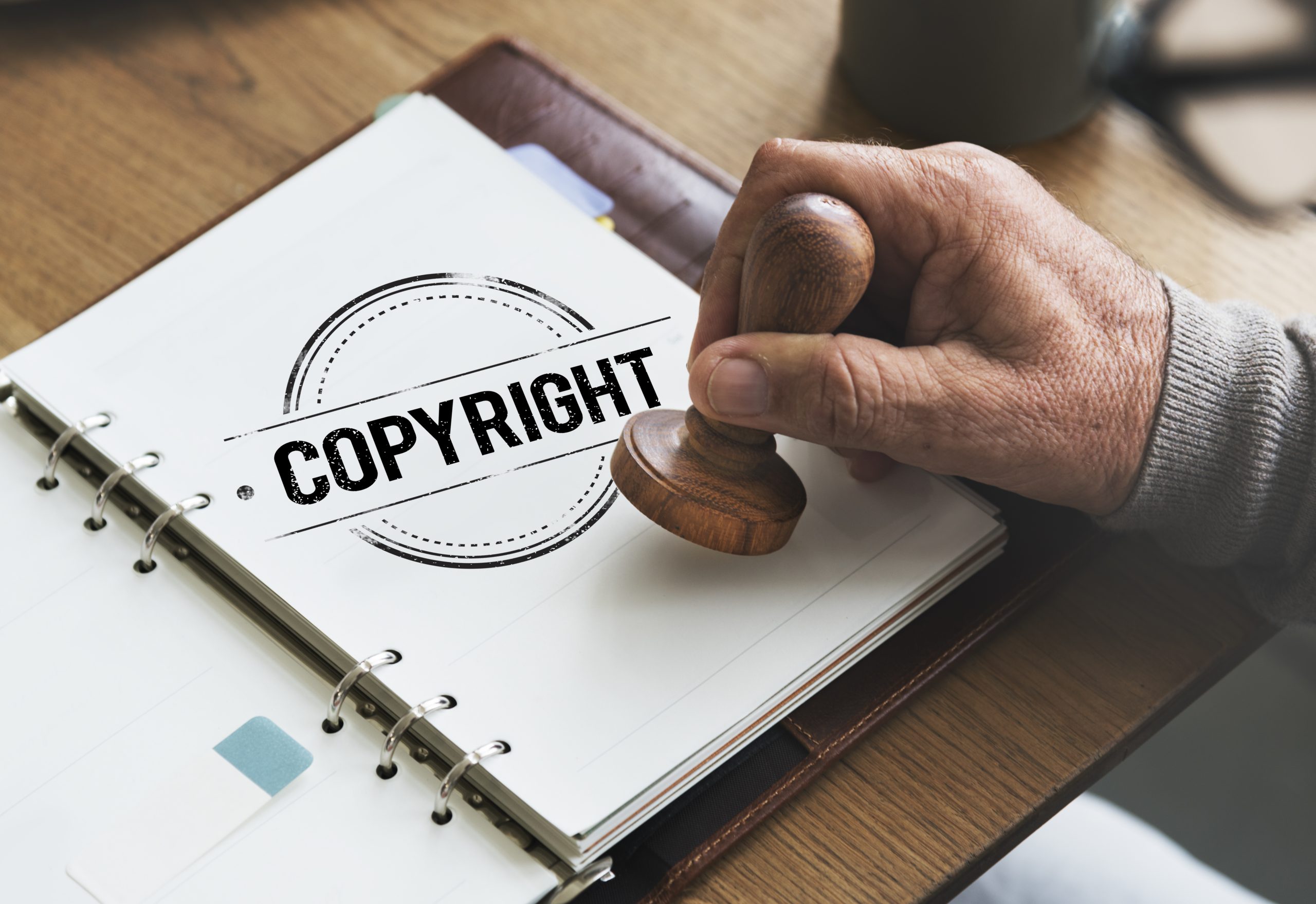Intellectual Property Rights: Challenges to its protection and a way forward
ARTICLE

When we talk about the rights of tangible property, it is a well acknowledged fact that there are means for protecting them but what about the protection of intangible property? This intangible property, also named as the Intellectual Property (IP) refers to the creative inventions of the mind including creative/artistic productions, designs, symbols, literary, images etc. used in commercial activities which enables them to generate incentive from their creative innovation and development. Intellectual property law is founded on the idea of encouraging innovation and creativity by granting exclusive property rights to the outcomes of these efforts and aims to expand the pool of inventive and creative knowledge and ease the trade in technology, ultimately benefiting society as a whole. Generally, they are also considered as rights due to the labor and creativity of the individuals creating/inventing them. IP Rights, just as other fundamental rights are needed to be protected since they are considered as “private rights” around the world. Such rights are always protected by law in order to prevent counterfeiting and require protection from unauthorized copying as the infringement may damage the legitimacy of the work. However, due to the technological advancements and the fundamental shifts, IP rights are facing challenges regarding its protection and making them “unworkable and ineffective”. This article will delve deeper into the understanding of IP rights and highlight the challenges to the IP protection along with the ways to overcome these challenges.
The intangible nature of IP makes it vulnerable and hence can be easily subject to being copied and reproduced swiftly, putting the creators into jeopardy. This infringement of rights is not just detrimental to the right holders but also destructs the economy. The rules provided to protect the IP rights vary from place to place however they all have a single goal, that is to protect the creation of human intellect and his artistic production for a given period of time. Since the protection gives the inventor or creator of an IP an exclusive right to exploit his invention or product for a specific length of time, IP rights are a powerful weapon for protecting investments in time, money, and effort. By enabling healthy competition, industrial progress, and economic expansion, these contribute to the economic development of a nation. It is well-established fact that IP is essential to the modern economy. Additionally, it has been unequivocally proven that the intellectual labor connected to the invention ought to be valued in order for the public good to result from it.
“IP rights cannot succeed in their core economic function of incentivizing innovation if rights are disregarded or are too expensive to enforce. Ineffective rights regimes are worse than no rights at all…”
Professor Hargreaves
Referring back to the start of IP in 1266, the English Parliament approved the first trademark law. With the Statute of Anne in 1710, the UK was the first to codify copyright law and was at the forefront of the development of patent rights. In the fourteenth century, patents were increasingly common. England was technologically more sophisticated than other European nations in various areas, which it utilized to entice craftsmen from outside Europe with favorable conditions. Italy is where copyrights were originally recognized. Venetian law and institutions were created there for the first time in the world and other nations eventually followed. As a result, Venice may be regarded as the birthplace of the intellectual property (IP) system.
Traditionally, only patents, trademarks, and industrial designs were associated with IP, but the modern understanding of IP has expanded to encompass a wider array of technological advancements. Today, IP rights can be protected through mechanisms like patents, trademarks, industrial designs, copyrights, and geographical indications etc. A “patent” serves as recognition for a novel invention, whether a product or process, while trademarks offer legal protection to brands. This also includes mechanisms for addressing issues of infringement, piracy, and unauthorized use, with exceptions like trade secrets.
Talking about Trademarks, it is usually a word, symbol, design, or a combination of these all which provides identity to your services or goods and provides legal protection for the brand. Different countries have different mechanism to protect these such as some go for registration in national or regional trademark office like USA and in others, it acquired through use. In Pakistan, the recent Trade Marks (Amendment) Act of 2023 in Pakistan has introduced significant changes in the IP landscape. It transferred administrative responsibilities to the Intellectual Property Organization’s (IPO) Trade Marks Registry. This reflects the evolving nature of IP law and its growing importance.
IP rights have got International recognition and protection as well as every nation acknowledges its significance in the economic growth. For example, copyright, another crucial facet of IP, automatically protects works created in signatory nations of the Berne Convention, Pakistan being one of them. However, it’s important to note that copyright can be transferred, gifted, or sold. Additionally, the Paris Convention provides a framework for IP protection. Both conventions are administered by the World Intellectual Property Organization (WIPO). Furthermore, Article 27(2) of Universal Declaration of Human Rights and Article 17 (2) of the EU Charter of Fundamental Rights govern the provisions related to IP rights. It is obvious where intellectual property law and human rights law interact and the instrumentalist strategy acknowledges the civic duties that IP rights holders have. Property rights to information have to come with obligations, just like property rights to land do. This obligation comes with all new technologies, but it is more crucial when we take into account crucial advancements in climate and medical technology.
In today’s knowledge-driven world, intellectual property is a cornerstone of economic advantage. Major industries such as telecommunications, biotechnology, and microelectronics rely heavily on IP to maintain their competitive edge. Considering the example of Bill Gates, one of the wealthiest man alive is a “knowledge worker”. They won’t be able to produce riches for their owners or high compensation for their employees if their intellectual property is simple to copy. Another area is the Oil Industry, the traditional means of success in the Oil business: Luck and brawn has vanished and now supercomputers have substituted them due to which the Oil industry has a higher level of interest in IP rights. The third industrial revolution, often called the information revolution, has elevated intellectual property to a critical determinant of economic success. They engage in conflict to protect and widen the scope of their intellectual property. This paradigm shift underscores the importance of safeguarding IP rights against infringement
Despite of the fact that there are proper frameworks to ensure the protection of IP Rights, the modern challenges still call for further developments. These challenges include the Global supply chain, due to which the right holders are unable to track and enforce their right. Others include the high costs of protecting these rights and the time-consuming processes which render the process difficult and inaccessible to small business and individuals. The complexity of laws and lack of awareness among the individuals and businesses also hinders the protection of IP Rights. This is evident from the survey by World Intellectual Property Organization (WIPO) in 2021 which showed that only around 25% of people worldwide were aware of IP Rights. Same is the case in Pakistan, even after the development of protection framework, majority people or businesses do not even recognize the value of IP in their economic development or do not even realize it as their fundamental right. If we talk about the economic losses incurred due to piracy and counterfeiting, we observe that in 2022 USA faced $600 billion loss and China did face $225 billion. The lack of International harmony between different countries appears as another challenge to the protection. Lastly, with the advent of Artificial intelligence, the generation of counterfeited goods and pirated content that is indistinguishable from the real one and is becoming a great threat to IP protection. Also, the biggest concern arises as to who is the owner of copyrights created by the works of AI.
While countering these challenges, a key principle that “know your enemy” should be taken into account. Having the solid evidence and intelligence regarding the harm caused by the infringement and the business models that enable and benefit from it will play a significant role in developing effective strategies for combating IP violation and ensuring the protection of rights. By doing so, the concerned authorities may come up with a plan which includes a commitment to provide a reliable technique for calculating the damage brought on by IP infringement and providing better means of justice. In order to tackle the issue of material infringements online, a dedicated intelligence resource can help the concerned authorities. Adequate strategies should be made to ensure all the types of infringement and fit them to the legal framework, make tough penalties for online copyright infringements along with legal tools which can tackle the modes of infringement.
As far as the challenges by AI are concerned, the same AI can be used to overcome these challenges as well. For example, there are AI-powered tools which detect the infringements like the ones used by Facebook. Also, new IP protection technologies can be developed to ensure that the rights are not being infringed. The laws and policies need to be strengthened with the emerging technological advancements. There is a dire need for harmonizing the IP laws across different countries through international collaborations and creating databases of infringed goods and services. Conclusively, intellectual property (IP) rights drive innovation and economic growth but face challenges like unauthorized copying and complex supply chains. To tackle this, we need better intelligence, strengthened laws, AI tools, and global collaboration. These efforts will ensure IP rights continue to incentivize innovation and boost economies.
References:
- Protecting Intellectual prope rights in the EU-
- Singh R. Vol. 1. New Delhi: Universal Law Publishing Co. Pvt. Ltd; 2004. Law relating to intellectual property (A complete comprehensive material on intellectual property covering acts, rules, conventions, treaties, agreements, case-Law and much more
- What is a trademark? Trade marks (Amendment) Act, 2023 – https://bit.ly/3Zz98yR
- 5.The challenge of protecting IP https://www.wipo.int/wipo_magazine/en/2016/si/article_0004.html
- Intellectual property rights: An overview and implications in pharmaceutical industry- https://www.ncbi.nlm.nih.gov/pmc/articles/PMC3217699/
- Needed: A new system of Intellectual property rights. Harvard Business Review – https://hbr.org/1997/09/needed-a-new-system-of-intellectual-property-rights
- Gregory Shaffer, ‘Trade law in a data-driven economy: the need for modesty and resilience’ (2021) 20 World Trade Review259 at 266.

